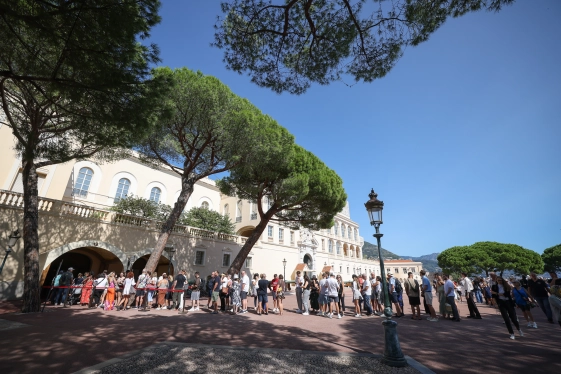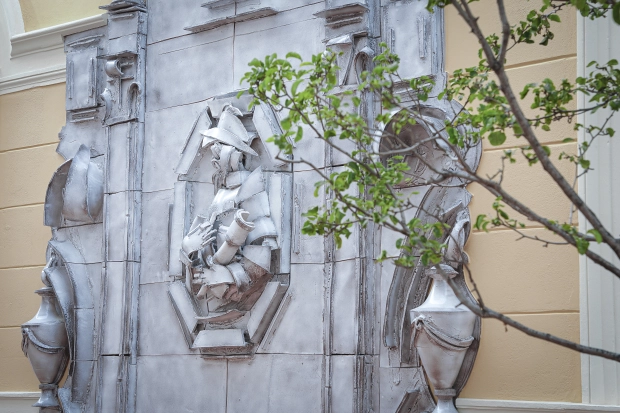
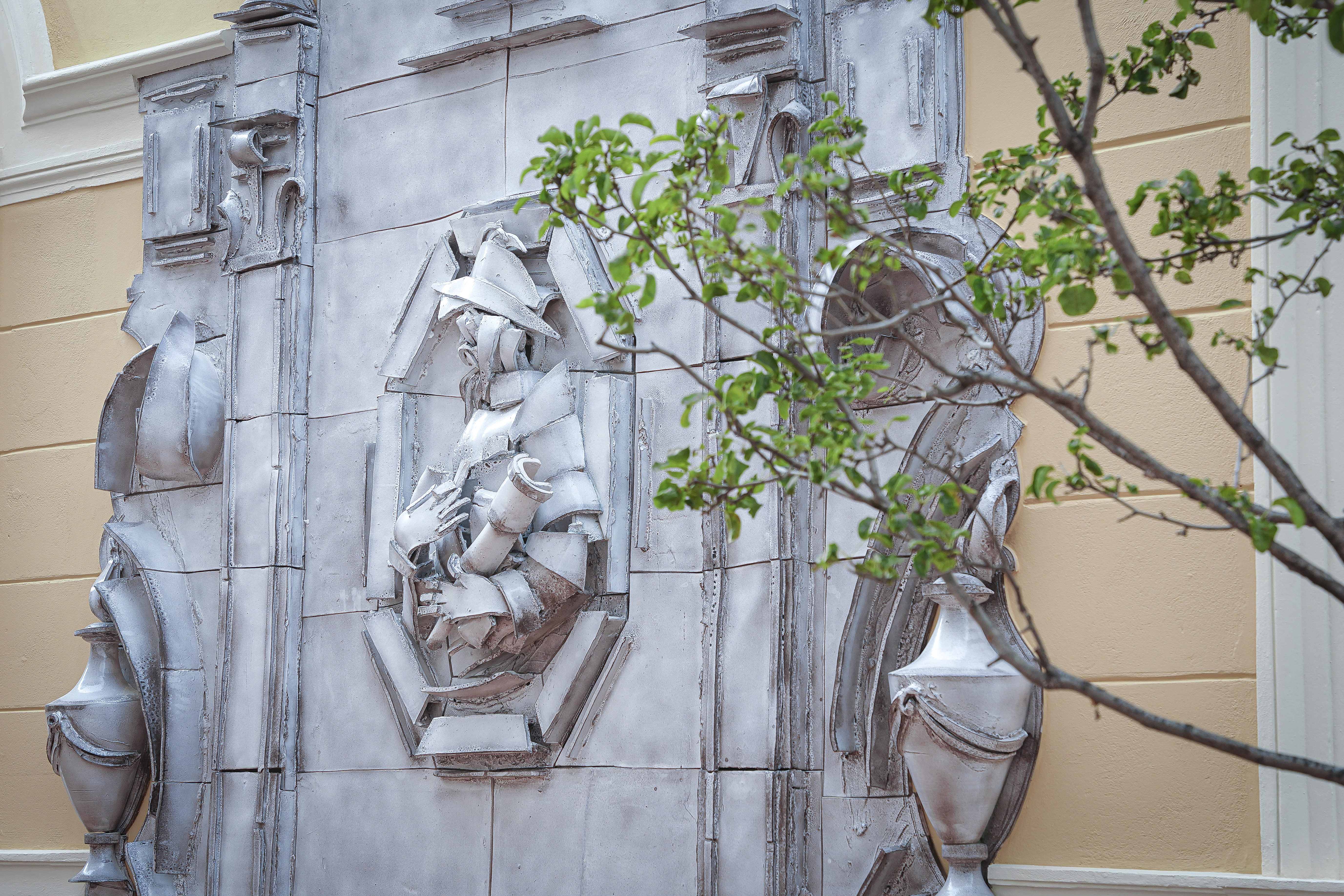
Introduction
Movable cultural assets are assets which, whether religious or secular, have been designated as important for archaeology, prehistory, history, literature, art or science.
This category includes, among other things: rare items in the field of zoology; objects of palaeontological or ethnological interest; archaeological discoveries; objects relating to the history of the Principality; objects of artistic interest; rare manuscripts; stamps; private archives; items of furniture and ancient instruments.
Public sculptures and fountains
The Heritage Institute, with support from the Department of Urban Amenities, manages works exhibited in public spaces. More than 200 works are spread throughout Monaco (sculptures, ceramics, fountains and sundials), inviting visitors to take a stroll through the Principality’s artistic heritage.
Religious heritage
The wealth of religious art collections to be found in Monaco’s churches is remarkable. Among Monaco’s religious buildings, the Monaco Cathedral of Our Lady Immaculate, built on the site of the former Church of St. Nicolas, preserves treasures from the country’s long Christian history.
It is worth noting that the Principality of Monaco has an important heritage of organs, which is stunning in terms of its aesthetic richness. Seven instruments which can be found in the Principality’s religious buildings are currently subject to maintenance contracts managed by the Department of Cultural Affairs.
The collections of Monaco’s museums
Several institutions hold and work to preserve and promote these movable assets, notably the Oceanographic Museum, the Museum of Prehistoric Anthropology, the Nouveau Musée National de Monaco, the Museum of Philately and Coinage, the Museum of "Vieux Monaco", the Vintage Car Collection of H.S.H. the Prince of Monaco, the Prince’s Palace Archives, the Monaco Multimedia Library, the Société des Bains de Mer and the Monaco Audiovisual Institute.
Permanent and temporary exhibitions allow visitors to discover the collections held by Monegasque museums.
Events

Expo 2025 Osaka, Kansai, Japan
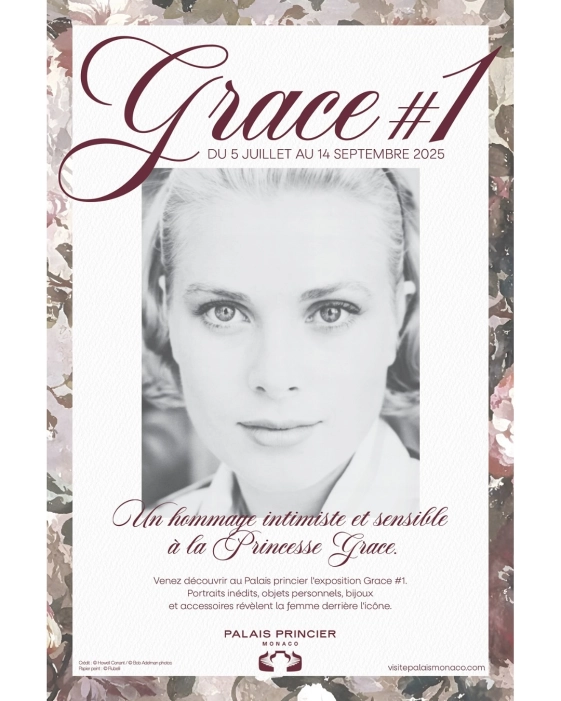
Exposition « Grace » #1
Online content

The work of Roger Capron unveils its new face
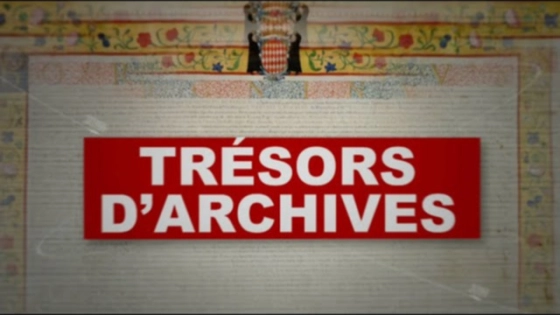
Archive Treasures: the alliance between the Grimaldi family and Charles V
News posts
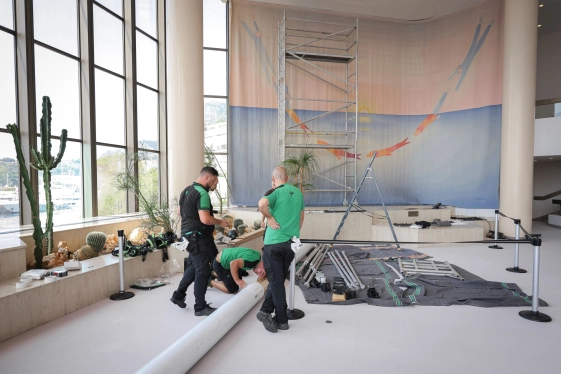
La "Métamorphose" de Folon, une restauration d'envergure

Restauration de l’œuvre « Reina Mariana » de Manolo Valdés
